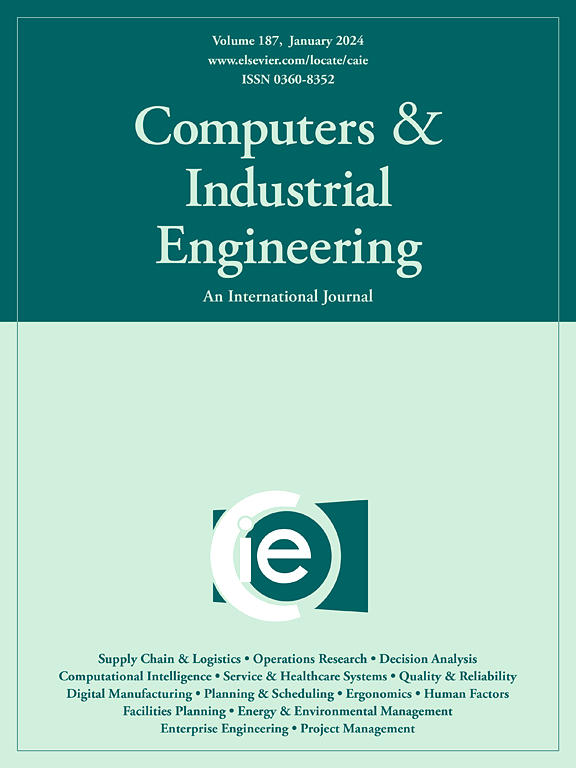开发Tech2Vec:利用三层技术信息嵌入的新方法
IF 6.7
1区 工程技术
Q1 COMPUTER SCIENCE, INTERDISCIPLINARY APPLICATIONS
引用次数: 0
摘要
随着专利申请数量的不断增加,迫切需要一种有效的嵌入技术来自动分析大量的专利数据集。为了加强专利分析任务,正在对高性能人工智能(AI)技术的应用进行广泛的研究。然而,这些研究没有考虑到各种类型的数据。相反,他们从单一角度检查技术信息,如技术术语、专利功能和商品。为了涵盖技术系统、功能和技术的所有方面,需要一个利用以前专利申请中的结构化和非结构化数据的技术信息分析模型。因此,本研究提出一种新的嵌入方法Tech2Vec,利用专利文献的功能和技术信息进行面向功能的专利检索。更准确地说,专利申请中包含的各类技术信息被组织成三层,即系统层、功能层和组件层;逐层矢量化;并连接成一个单一的技术向量。例如,通过利用电动汽车、显示器和工业机器人三个领域的专利和论文,Tech2Vec得到了有效的应用,并映射到技术的潜在空间。此外,通过比较用户以自然语言而不是搜索查询格式输入的查询向量来执行面向功能的专利检索。本研究可作为一系列技术管理活动的参考,如文件分类、技术机会识别和技术演进分析。本文章由计算机程序翻译,如有差异,请以英文原文为准。
Developing Tech2Vec: A new embedding approach of technology information using a triple layer
The recent increase in the number of patent applications highlights the urgent need for an effective embedding technique to automatically analyze enormous patent datasets. Extensive research is being conducted on the application of high-performance artificial intelligence (AI) technology to enhance patent analysis tasks. However, these studies do not consider various types of data. Instead, they examine technological information from a single perspective, such as technological terminology, patent functions, and goods. To cover all aspects, namely, technological system, function, and technology, a technological information analysis model that exploits both structured and unstructured data from previous patent filings is required. Therefore, this study proposes a new embedding approach called Tech2Vec to conduct function-oriented patent searches that can use the function and technological information of patent documents. More precisely, various types of technological information included in patent applications are organized into a triple layer, that is, the system, function, and component layers; vectorized layer by layer; and concatenated into a single technology vector. For example, by leveraging the patents and papers of three sectors, namely electric vehicles, displays and industrial robots, Tech2Vec is effectively applied and mapped to the technological latent space. Additionally, a function-oriented patent search is performed by comparing the query vectors entered by a user in natural language rather than the search query format. This study may be used as a reference for a range of technology management activities, such as document categorization, technological opportunity identification, and technology evolution analysis.
求助全文
通过发布文献求助,成功后即可免费获取论文全文。
去求助
来源期刊

Computers & Industrial Engineering
工程技术-工程:工业
CiteScore
12.70
自引率
12.70%
发文量
794
审稿时长
10.6 months
期刊介绍:
Computers & Industrial Engineering (CAIE) is dedicated to researchers, educators, and practitioners in industrial engineering and related fields. Pioneering the integration of computers in research, education, and practice, industrial engineering has evolved to make computers and electronic communication integral to its domain. CAIE publishes original contributions focusing on the development of novel computerized methodologies to address industrial engineering problems. It also highlights the applications of these methodologies to issues within the broader industrial engineering and associated communities. The journal actively encourages submissions that push the boundaries of fundamental theories and concepts in industrial engineering techniques.
 求助内容:
求助内容: 应助结果提醒方式:
应助结果提醒方式:


